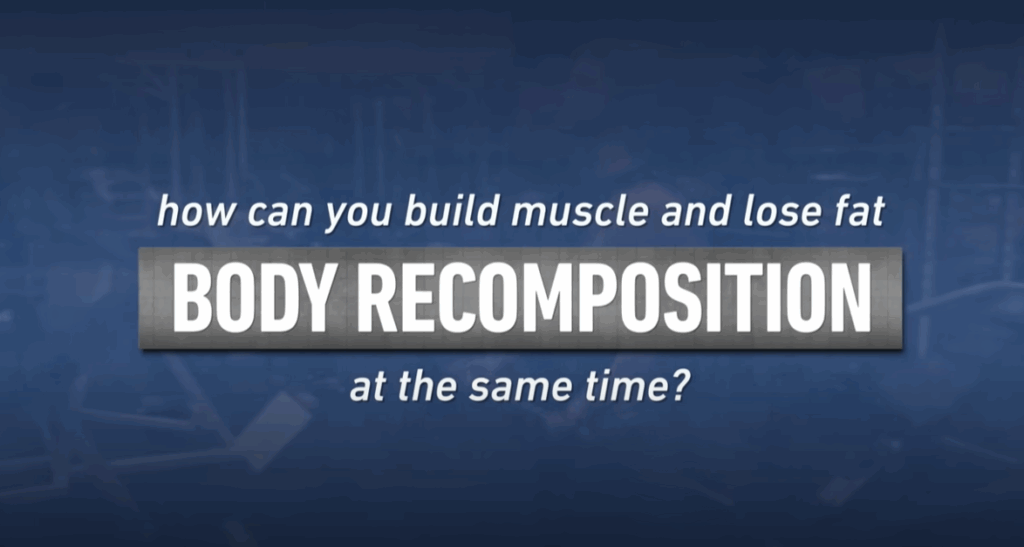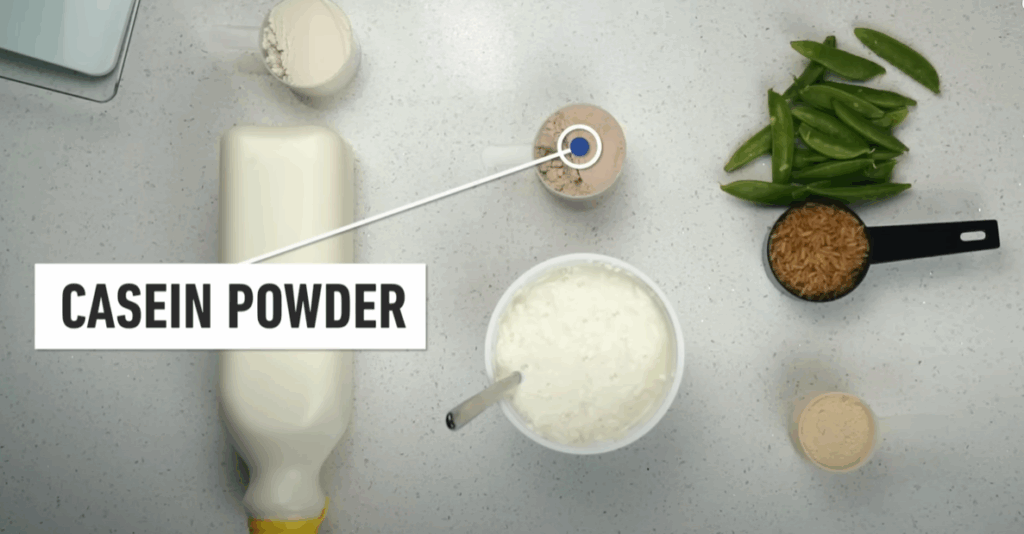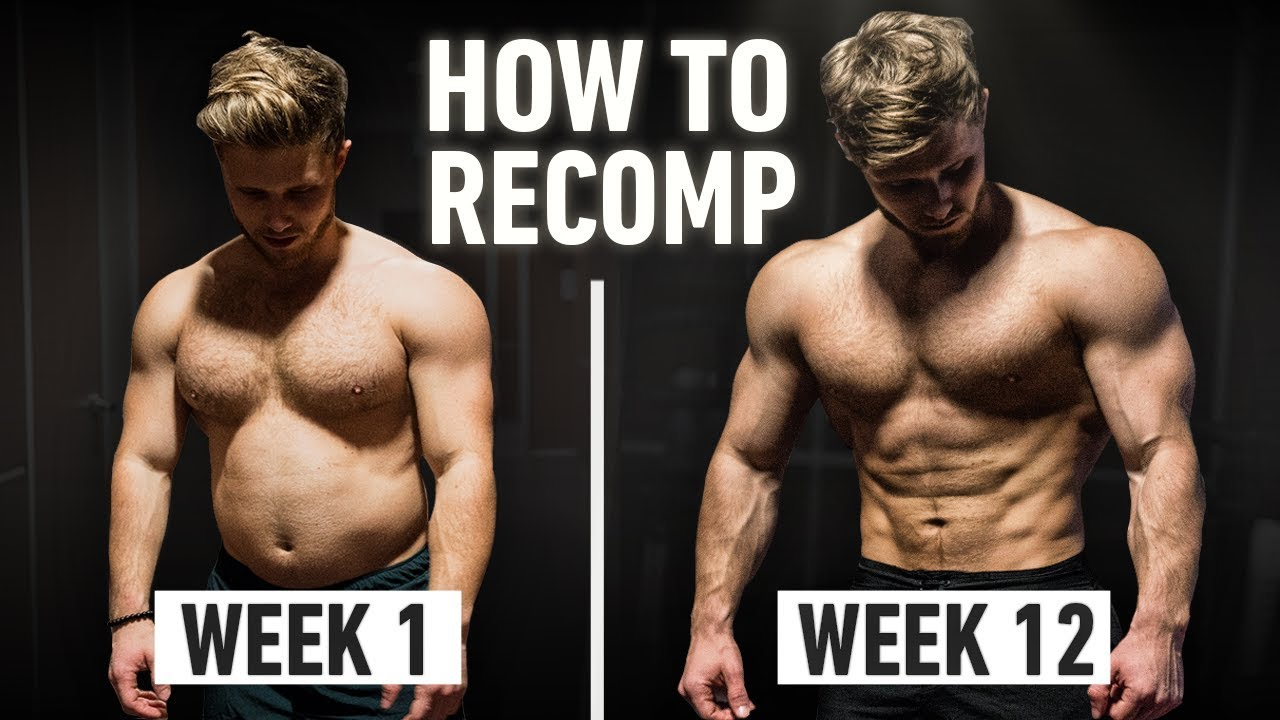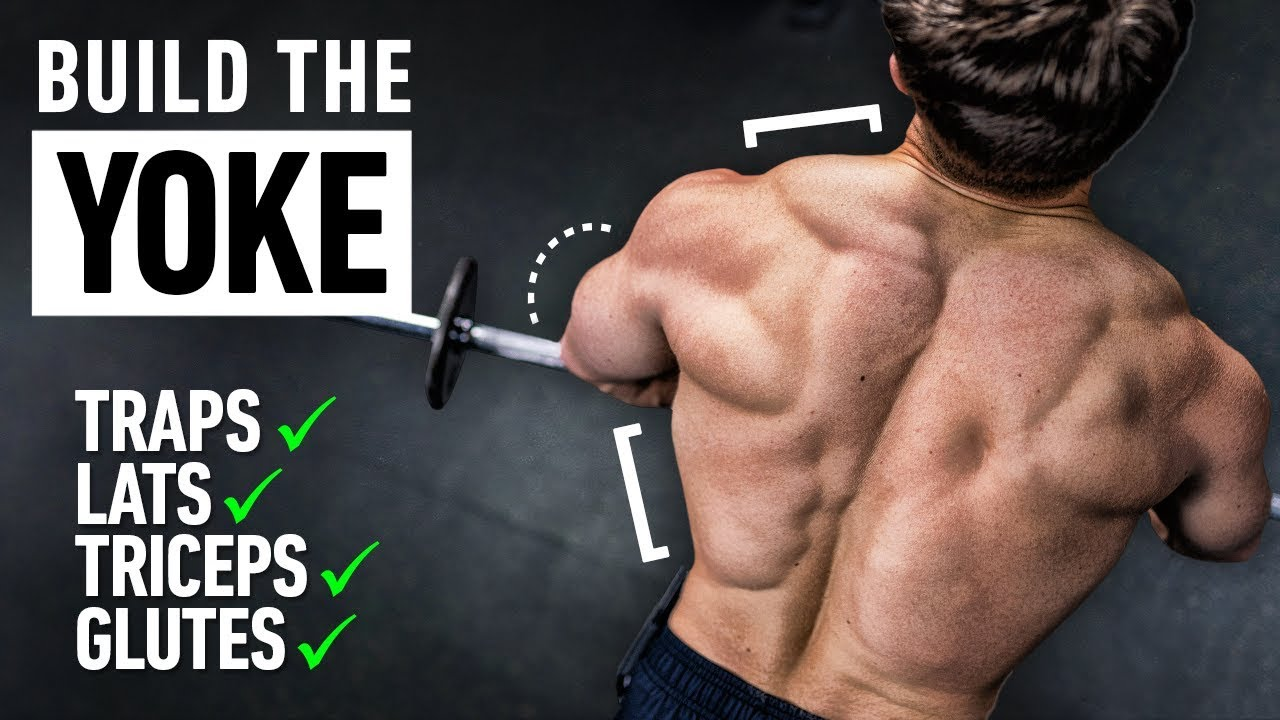How to Build Muscle and Lose Fat Simultaneously: A Practical Recomp Guide
For decades, the idea of building muscle and losing fat at the same time—also known as body recomposition—was largely dismissed. The prevailing belief was that if you wanted to build muscle, you needed to be in a calorie surplus, and if you wanted to lose fat, you needed a deficit. However, newer research and real-world evidence from coaches, athletes, and lifters are challenging that narrative.
Let’s explore how body recomposition works, who it’s for, and exactly how to make it happen—even if you’re not a beginner.

Myth-Busting: You Can Recomp
The traditional bulk-and-cut approach stems from old-school bodybuilding. The logic was simple: eat big to get big, then cut down to reveal the muscle underneath. While this strategy does work, it also tends to result in excessive fat gain during the bulking phase, which then requires an aggressive diet to strip off.
A more sustainable and efficient strategy? Recomposition. Contrary to the old belief, you don’t need to stuff yourself with calories to grow muscle. In fact, a study published in 2013 found that subjects consuming 600 extra calories a day gained very little additional muscle but saw a tripling in fat gain. Clearly, more food doesn’t always equal more muscle.
That said, bulking and cutting can still be useful tools—but they’re not the only option. If you’re someone who wants to gain muscle without sacrificing leanness, recomposition is not only possible, it’s often ideal.
Who Can Benefit from Recomp?
Body recomposition is more than just a niche strategy. In fact, most people fall into categories that are well-suited to recomposition. Here’s who tends to benefit the most:
- Beginners
New to resistance training? You’re in a prime position to build muscle quickly, even while eating in a slight deficit. Your body is highly responsive to training stimuli during the first 6–12 months. - Overweight Individuals
If you’re carrying excess body fat, your body has a large reserve of energy it can tap into for muscle growth. This means you can lose fat and gain muscle even in a calorie deficit. - Detrained Lifters
If you’ve trained in the past but took time off (due to injury, work, etc.), muscle memory allows you to regain lost muscle far faster than building it from scratch—again, often while in a deficit. - Enhanced Athletes (Steroid Users)
Though not applicable for natural lifters, steroids enhance protein synthesis so dramatically that gaining muscle while losing fat becomes far easier. - Undertrained or Sub-Optimized Lifters
This includes people who’ve been going through the motions at the gym without truly dialing in their training or nutrition. With smarter programming and better diet structure, even intermediate and advanced trainees can recomp effectively.

5 Steps to Achieve Body Recomposition
So how do you go about actually doing it? Here’s a breakdown of the five key steps to successfully build muscle while shedding fat.
1. Prioritize Progressive Training
Training is the foundation. Without a solid stimulus, your body has no reason to grow new muscle. Think of training as the engine of your transformation. Nutrition is the fuel, but without an engine, fuel alone won’t move the car.
Key elements:
- Use proper form and prioritize compound lifts (e.g., squats, presses, pulls).
- Train with progressive overload—consistently increasing weights, reps, or volume.
- For most, 10–20 quality sets per muscle group per week is a solid target.
- Manage fatigue, ensure recovery, and don’t neglect sleep or stress reduction.
2. Choose Your Primary Focus
Although the goal is to improve both muscle and fat levels, it helps to lean slightly one way depending on your current body composition.
- If you’re lean (men under ~12%, women under ~22% body fat): Prioritize muscle growth with a slight surplus.
- If you’re carrying more fat (men over ~18%, women over ~28%): Focus on fat loss with a slight deficit.
- If you’re in the middle range: Stay close to maintenance and focus on consistent, quality training.
3. Eat Around Maintenance Calories
To achieve recomposition, you don’t need an aggressive surplus or deficit. Instead, stay near maintenance with slight adjustments based on your goal.
- For muscle gain: Eat about 5–15% above maintenance.
- For fat loss: Eat about 10–20% below maintenance.
- Use bodyweight trends and performance in the gym to guide adjustments.
4. Dial In Your Macros—Especially Protein
Protein is the most critical nutrient for recomposition. You need enough to support recovery, repair, and growth.
Recommended protein intake:
1.2 to 1.6 grams per pound of lean body mass. The leaner you are, the higher on that range you should go.
Example:
If you weigh 180 lbs at 15% body fat (153 lbs lean mass), aim for 184–245 grams of protein daily. Round to a manageable number that fits your eating habits.
Set dietary fat at around 20–30% of total calories to support hormones and satiety. Then fill the rest of your calories with carbohydrates to fuel your training.
5. Optimize the Details Over Time
If you’re newer to training or coming back from a layoff, the basics above will drive results. But for experienced lifters, refinements can make a big difference:
- Sleep: Aim for at least 7–9 hours per night. Studies show poor sleep can lead to more lean mass loss during dieting.
- Nutrient Timing: Focus your carb and protein intake around your workouts to enhance performance and recovery.
- Supplements: While no supplement replaces hard work, some can help:
- Protein powder: Helps hit daily protein targets. Blends (like rice + pea for vegans) offer complete amino acid profiles.
- Creatine: Supports strength, muscle gain, and cellular hydration. Use 3–5g daily.
- Caffeine: Enhances strength, focus, and fat burning. Use strategically to avoid building tolerance.

Final Thoughts: Recomp Is Real—and Achievable
The idea that you must bulk or cut in cycles to make progress is outdated. Most people, especially those who aren’t elite-level lifters, can see impressive changes in body composition simply by training hard, eating intelligently, and recovering properly.
Yes, recomposition might slow down as you get closer to your genetic potential—but for the majority of gym-goers, it’s not only feasible, it’s the smartest and most sustainable path forward.
No crash diets, no endless bulks—just consistent progress.



